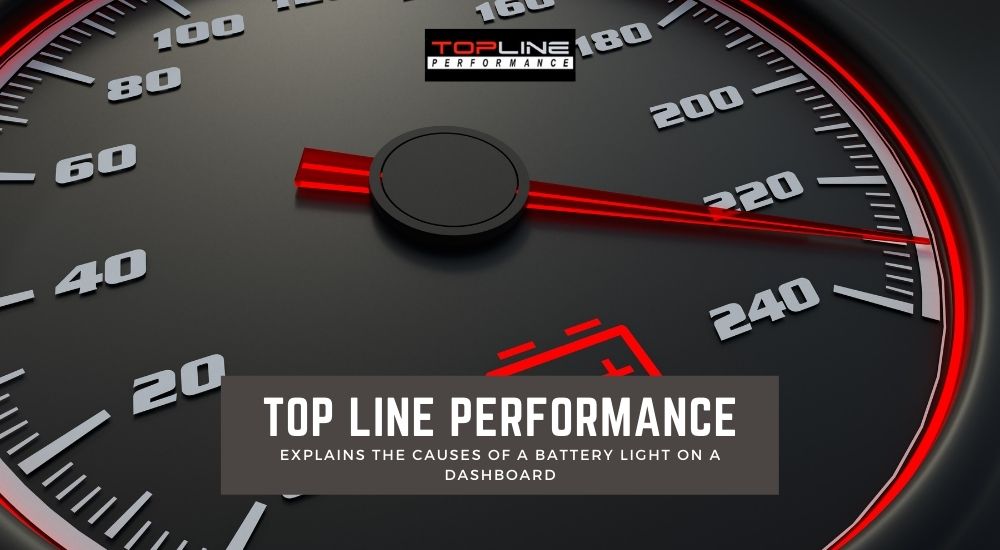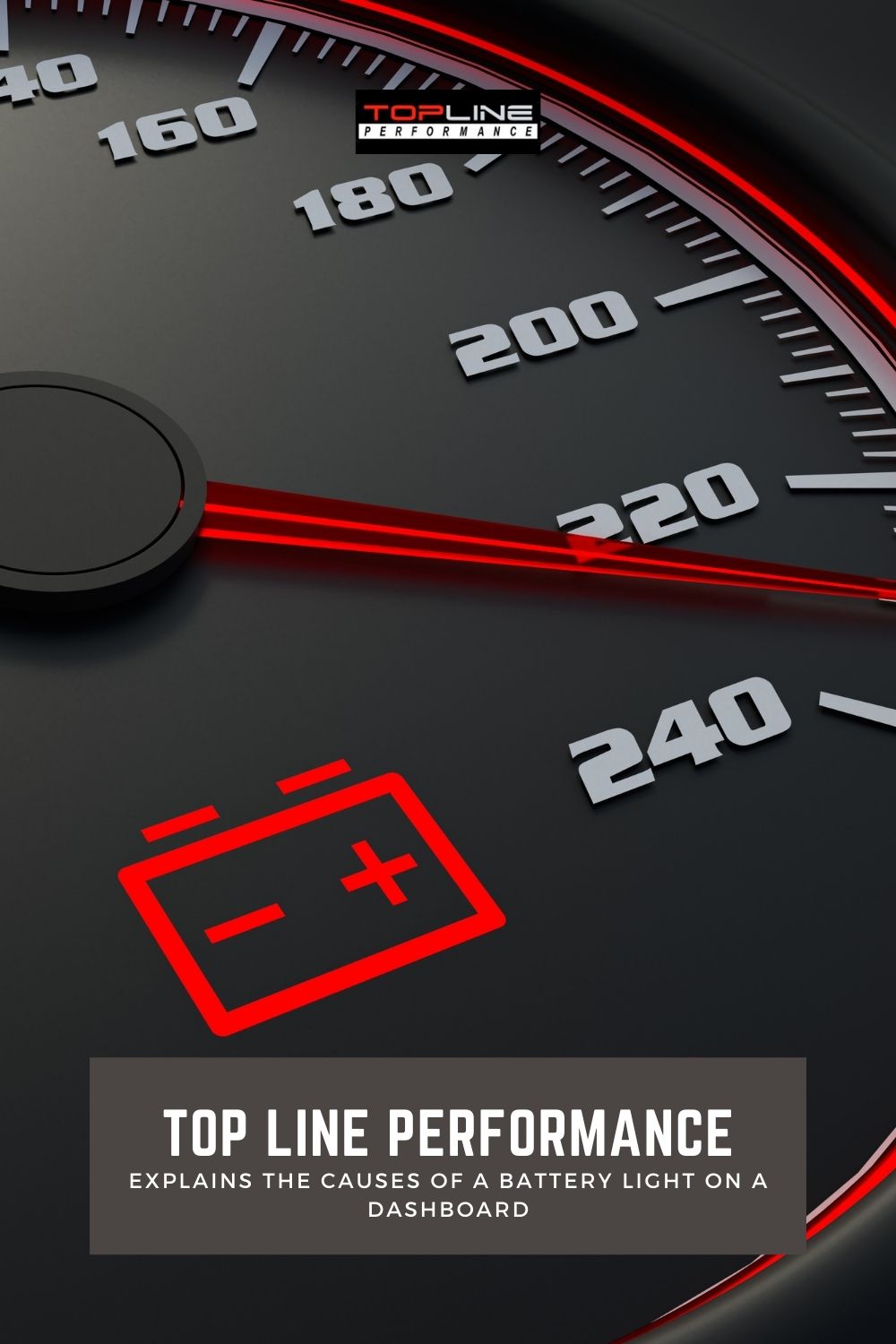
Do you ever think or even know a lot about your car battery? Technicians of auto repair shops in Huntington Beach say the battery is the heart of your vehicle, but a very small percentage of people even think about their car’s battery until they have a problem with it. When your dashboard sends out a warning that your battery could have some problems. The issues could be anything from a faulty or a battery that isn’t charging properly.
Due to the fact that your vehicle relies heavily on the battery, every car that is on the road today has been manufactured to have the battery light on the dashboard in order to inform the driver when the recharging system has failed. Here is some information about what a car battery is, what it does and what it means when the battery light turns on.
An Auto Repair Shop in Huntington Beach Defines A Car Battery
The true test is when you start up your car. Why? Because if your vehicle battery light comes on when switching on your vehicle, you are A-OK! When you see the battery light flash on when you first start-up your automobile, there really is no need to panic because it should turn off in just a few seconds.
However, supposing that the light stays on while you are driving around, you have to keep an eye out. Apart from the unrelenting battery light haunting on your dashboard, you’ll see other signs of a poor battery charge. For instance, the electric windows are having a hard time rolling up, or you aren’t able to turn on the stereo.
An illuminating battery light could be because of various issues, inclusive of:
- An issue with the alternator or voltage regulator
- A detached or deteriorated battery cable
- Destroyed cells or plates within the battery
- Defective wiring in the vehicle’s electric charging system
In general, when the battery light switches on and stays on, then there’s a battery charging issue. The car isn’t receiving sufficient voltage from the car battery to work correctly, so it is crying out for more power.
How Does a Car Battery Work?
Some people haven’t even seen a battery, let alone know how it works. The good news is that the operations of a car battery are pretty straightforward. The car battery issues a sudden rush of electricity that is needed to give some juice to all the electrical components in your automobile. It isn’t a small feature for sure, and a massive responsibility to be in charge of. If your car doesn’t have any battery power, your vehicle, if you haven’t noticed by now, won’t budge.
Here is how this little, but powerful box operates:
A chemical reaction initiates your automobile into operation. A car battery transforms chemical energy into electrical energy that is required to power your car and send voltage to the starter.
Also, the car battery maintains a stable electric current. In addition to the battery providing the energy necessary to start up your car, it can even stabilize the voltage so your engine keeps running.
Adjusting Your Car’s Battery Light
When the battery light is beaming on your dashboard, it might be time to change the battery. Nevertheless, the light may be set in motion (and effortless to repair) problems such as oxidation or loose clamps. You can take your automobile down to an auto repair shop like Top Line Performance as their technicians can diagnose your car battery and repair it for you. Or else, if you are car handy, get some protective gloves on and have a look at your vehicle’s manual and have a look at these measures below to fix the battery yourself.
Look Out For Corrosion
There are a few vehicles that produce fumes during normal operation which results in corrosion to gather on top of the battery terminals, particularly within the summer months or in areas with year-round warm weather. In order to inspect for corrosion, take out any covers from the terminals on top of the battery. As soon as you notice a white or greenish substance on the top of the battery or in the vicinity of the terminals, there’s corrosion! Even though battery corrosion is usual, it can meddle with the transfer of electricity from the battery to the rest of the vehicle. Be careful not to touch any battery corrosion with your bare hands, because it could induce skin irritation.
Clear Up The Battery Terminals
If you see a lot of corrosion or other filth near your car’s battery terminal, this might be the reason why your car battery light is switched on. Luckily, it isn’t difficult or expensive to clean your battery terminals with average household items and some muscle. Just take off the terminal covers, detach the battery cables, and give the terminals a good, old scrub.
Bind The Cable Clamps
There are times when a vehicle battery light appears because there is a poor connection between the car’s battery and the cables that connect to it. As you have a look under the hood, examine the clamps to make sure the clamps are securely fastened to your battery terminals. If you see that the clamps are not tight, use a small wrench or a pair of pliers to constrict them until they are tight around the terminals. Check with your car manufacturer manual for specific instructions that pertain to your car make/model.
Test Your Car Battery
Begin by starting the car’s engine. Once you have done all the steps above, the engine requires a start-up to see if the charging light is still illuminating. However, if the light fades out after starting the engine, inspect the charging system for any other issues.
If the steps you took above did nothing to improve your battery and fix the issue, then the problem might be originating from a malfunctioning alternator or voltage regulator. Or perhaps it is something systematic, such as faulty wiring. When this is the case, the battery has to be tested and repaired by qualified Huntington Beach auto repair technicians of Top Line Performance.


